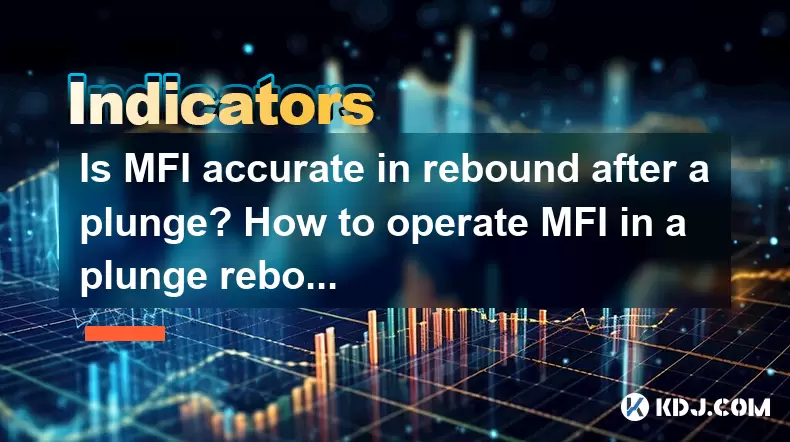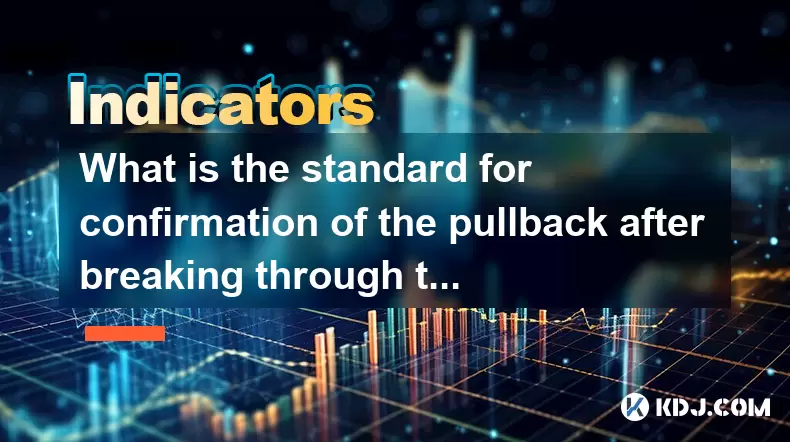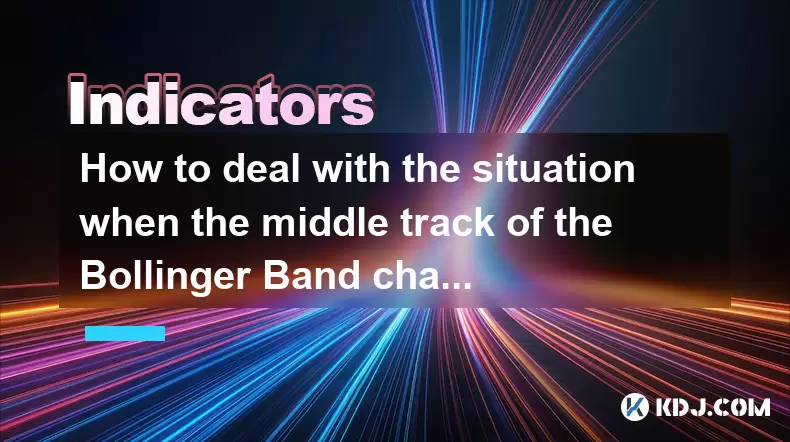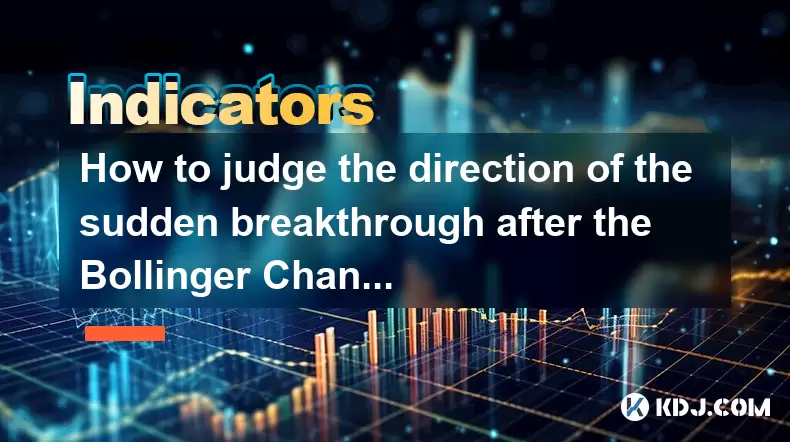-
 Bitcoin
Bitcoin $101,898.5005
-0.75% -
 Ethereum
Ethereum $2,258.1125
-1.07% -
 Tether USDt
Tether USDt $1.0004
0.01% -
 XRP
XRP $2.0178
-2.93% -
 BNB
BNB $624.0243
-1.53% -
 Solana
Solana $134.3298
-0.90% -
 USDC
USDC $0.9999
0.01% -
 TRON
TRON $0.2675
-2.05% -
 Dogecoin
Dogecoin $0.1538
-1.96% -
 Cardano
Cardano $0.5482
-1.11% -
 Hyperliquid
Hyperliquid $35.5636
5.45% -
 Bitcoin Cash
Bitcoin Cash $453.4902
-1.66% -
 Sui
Sui $2.5134
-2.97% -
 UNUS SED LEO
UNUS SED LEO $9.1292
1.77% -
 Chainlink
Chainlink $11.8457
-1.60% -
 Stellar
Stellar $0.2312
-2.73% -
 Avalanche
Avalanche $16.9721
0.29% -
 Toncoin
Toncoin $2.7549
-3.82% -
 Shiba Inu
Shiba Inu $0.0...01081
-1.10% -
 Litecoin
Litecoin $80.8250
-0.71% -
 Hedera
Hedera $0.1374
0.21% -
 Monero
Monero $305.4827
-2.36% -
 Ethena USDe
Ethena USDe $1.0006
0.00% -
 Dai
Dai $1.0000
-0.01% -
 Polkadot
Polkadot $3.2085
-3.12% -
 Bitget Token
Bitget Token $4.0845
-3.13% -
 Uniswap
Uniswap $6.3353
-1.63% -
 Pi
Pi $0.5085
-0.70% -
 Pepe
Pepe $0.0...08913
-3.82% -
 Aave
Aave $232.7090
-0.58%
Is MFI accurate in rebound after a plunge? How to operate MFI in a plunge rebound?
MFI, ranging from 0 to 100, helps traders identify potential rebounds after a plunge in crypto markets by signaling oversold conditions below 20.
May 23, 2025 at 03:14 am

The Money Flow Index (MFI) is a popular technical indicator used by traders in the cryptocurrency market to gauge the strength and momentum of price movements. It combines both price and volume data to provide insights into potential buying and selling pressures. When it comes to assessing the accuracy of MFI in predicting rebounds after a plunge, and how to effectively operate MFI during such scenarios, there are several key aspects to consider.
Understanding MFI and Its Calculation
MFI, or the Money Flow Index, is an oscillator that ranges from 0 to 100. It is used to identify overbought and oversold conditions in the market. The calculation of MFI involves several steps, which are crucial for understanding its functionality:
- Typical Price (TP): This is calculated as the average of the high, low, and closing prices for a given period.
- Raw Money Flow (RMF): This is the product of the typical price and the volume for that period.
- Positive and Negative Money Flow: Depending on whether the typical price is higher or lower than the previous period, the RMF is categorized as positive or negative.
- Money Flow Ratio (MFR): This is the ratio of the sum of positive money flows to the sum of negative money flows over a specified number of periods, typically 14.
- MFI: Finally, MFI is calculated using the formula: MFI = 100 - (100 / (1 + MFR)).
MFI's Role in Identifying Rebounds After a Plunge
When a cryptocurrency experiences a significant plunge, traders often look for signals that indicate a potential rebound. MFI can be particularly useful in this context. An MFI value below 20 is generally considered an oversold condition, suggesting that the asset may be due for a rebound. Conversely, an MFI above 80 indicates an overbought condition, which might precede a price correction.
Accuracy of MFI in Predicting Rebounds
The accuracy of MFI in predicting rebounds after a plunge depends on several factors:
- Market Volatility: In highly volatile markets, MFI signals may be less reliable due to rapid price fluctuations.
- Volume Confirmation: For MFI signals to be more accurate, they should be confirmed by significant volume changes. A rebound accompanied by increasing volume is more likely to sustain.
- Divergence: If the price of a cryptocurrency is making new lows while the MFI is showing higher lows, this bullish divergence can be a strong indicator of an impending rebound.
Operating MFI During a Plunge Rebound
To effectively use MFI during a plunge and subsequent rebound, traders should follow a systematic approach:
- Monitor MFI Levels: Keep a close eye on the MFI values. When the MFI drops below 20, it might signal an oversold condition, suggesting a potential buying opportunity.
- Confirm with Volume: Always check the volume alongside MFI readings. A significant increase in volume during the rebound can validate the MFI signal.
- Look for Divergence: Pay attention to any divergence between the price and MFI. A bullish divergence can be a strong indicator of an upcoming price increase.
- Set Entry and Exit Points: Based on the MFI signals and volume confirmation, set clear entry and exit points for your trades. For instance, enter a long position when the MFI moves above 20 after being oversold, and consider exiting when it approaches the overbought level of 80.
- Use Additional Indicators: To enhance the reliability of MFI signals, consider using other technical indicators like the Relative Strength Index (RSI) or Moving Averages.
Practical Example of Using MFI in a Plunge Rebound
To illustrate how to operate MFI during a plunge and rebound, let's consider a hypothetical scenario with Bitcoin (BTC):
- Initial Plunge: Suppose BTC experiences a sharp decline from $50,000 to $40,000, causing the MFI to drop below 20.
- Monitoring MFI: As a trader, you would closely monitor the MFI, waiting for it to start rising from the oversold level.
- Volume Confirmation: You notice that as the MFI begins to rise, the trading volume also increases, suggesting strong buying interest.
- Divergence Check: You observe a bullish divergence where the price of BTC makes a lower low, but the MFI makes a higher low.
- Entry Point: Based on these signals, you decide to enter a long position when the MFI moves above 20, with BTC at $41,000.
- Exit Point: You set an exit point when the MFI approaches 80, which occurs at $45,000, allowing you to secure a profit from the rebound.
Limitations and Considerations
While MFI can be a valuable tool for identifying potential rebounds after a plunge, it is essential to be aware of its limitations:
- False Signals: Like any technical indicator, MFI can produce false signals, especially in choppy or sideways markets.
- Lag: MFI is a lagging indicator, meaning it reacts to price movements rather than predicting them. This can sometimes result in delayed signals.
- Overreliance: Relying solely on MFI without considering other market factors can lead to suboptimal trading decisions.
FAQs
Q: Can MFI be used effectively in all cryptocurrency markets?
A: MFI can be used across various cryptocurrency markets, but its effectiveness may vary depending on the specific asset's volatility and trading volume. For less liquid cryptocurrencies, MFI signals might be less reliable due to lower trading volumes.
Q: How often should I check the MFI during a plunge and rebound scenario?
A: During a plunge and potential rebound, it's advisable to check the MFI frequently, ideally every few hours or at least daily, to stay updated on the latest market conditions and MFI readings.
Q: Are there any specific timeframes that work best with MFI for rebound predictions?
A: While MFI can be used on various timeframes, it is often most effective on daily charts for identifying longer-term trends and potential rebounds. Shorter timeframes like hourly charts may provide more frequent signals but can be more prone to false positives.
Q: How can I combine MFI with other indicators to improve my trading strategy?
A: Combining MFI with other indicators like RSI, Moving Averages, or MACD can enhance your trading strategy. For instance, using MFI to identify oversold conditions and confirming with a bullish MACD crossover can provide a more robust signal for entering a trade during a rebound.
Disclaimer:info@kdj.com
The information provided is not trading advice. kdj.com does not assume any responsibility for any investments made based on the information provided in this article. Cryptocurrencies are highly volatile and it is highly recommended that you invest with caution after thorough research!
If you believe that the content used on this website infringes your copyright, please contact us immediately (info@kdj.com) and we will delete it promptly.
- Cryptocurrencies, Coingecko, and Trending Tokens: What's Hot Now?
- 2025-06-23 23:05:12
- FUNToken: Decoding Past Trends and Getting Started in the Gaming Crypto Sphere
- 2025-06-23 22:25:12
- BTC Price Analysis: Navigating Volatility and the Quest for a New ATH
- 2025-06-23 22:25:12
- Genesis, Bitcoin Mining, and Air-Cooled Miners: A New Era?
- 2025-06-23 22:45:12
- Coinbase's Growth and Resilience: Navigating the Crypto Landscape
- 2025-06-23 22:45:12
- Bitcoin Options Market: Bullish Bets Amidst Geopolitical Jitters
- 2025-06-23 22:51:52
Related knowledge

Is it contradictory that the moving average system is arranged in a bullish pattern but the DMI shows a decline in trend strength?
Jun 23,2025 at 11:43pm
Understanding the Moving Average and DMI RelationshipIn cryptocurrency trading, technical analysis plays a crucial role in identifying potential trends and making informed decisions. Two of the most commonly used indicators are the Moving Average (MA) and the Directional Movement Index (DMI). While both tools aim to provide insight into market direction...

What is the significance of the gap formed by the gap opening not being filled within five days?
Jun 23,2025 at 09:42pm
Understanding Gaps in Cryptocurrency TradingIn the world of cryptocurrency trading, a gap refers to a situation where the price of an asset jumps from one level to another without any trading activity occurring between those two levels. This often happens over weekends or holidays when the market is closed, and significant news or events occur that impa...

What is the standard for confirmation of the pullback after breaking through the neckline with large volume?
Jun 23,2025 at 11:28pm
Understanding the Neckline in Technical AnalysisIn technical analysis, the neckline is a critical support or resistance level that appears in chart patterns such as head and shoulders, double tops, and double bottoms. It typically connects two or more lows (in the case of a head and shoulders top) or highs (in the case of a head and shoulders bottom). W...

How to deal with the situation when the middle track of the Bollinger Band changes from support to resistance?
Jun 23,2025 at 11:22pm
Understanding the Bollinger Band Middle TrackThe Bollinger Band is a widely used technical indicator in cryptocurrency trading. It consists of three lines: the upper band, the lower band, and the middle track, which is typically a 20-period simple moving average (SMA). Traders often rely on the middle track as a dynamic support or resistance level. Howe...

Does the second golden cross of MACD above the zero axis represent the continuation of strength?
Jun 23,2025 at 08:21pm
Understanding the MACD IndicatorThe Moving Average Convergence Divergence (MACD) is a widely used technical analysis tool in cryptocurrency trading. It consists of three main components: the MACD line, the signal line, and the histogram. The MACD line is calculated by subtracting the 26-period Exponential Moving Average (EMA) from the 12-period EMA. The...

How to judge the direction of the sudden breakthrough after the Bollinger Channel narrows to the extreme?
Jun 23,2025 at 11:00pm
Understanding the Bollinger Channel and Its Narrowing PatternThe Bollinger Channel is a widely used technical indicator in cryptocurrency trading, consisting of three bands: the middle band (a simple moving average), and two outer bands that represent standard deviations from the middle line. When the price consolidates for an extended period, the chann...

Is it contradictory that the moving average system is arranged in a bullish pattern but the DMI shows a decline in trend strength?
Jun 23,2025 at 11:43pm
Understanding the Moving Average and DMI RelationshipIn cryptocurrency trading, technical analysis plays a crucial role in identifying potential trends and making informed decisions. Two of the most commonly used indicators are the Moving Average (MA) and the Directional Movement Index (DMI). While both tools aim to provide insight into market direction...

What is the significance of the gap formed by the gap opening not being filled within five days?
Jun 23,2025 at 09:42pm
Understanding Gaps in Cryptocurrency TradingIn the world of cryptocurrency trading, a gap refers to a situation where the price of an asset jumps from one level to another without any trading activity occurring between those two levels. This often happens over weekends or holidays when the market is closed, and significant news or events occur that impa...

What is the standard for confirmation of the pullback after breaking through the neckline with large volume?
Jun 23,2025 at 11:28pm
Understanding the Neckline in Technical AnalysisIn technical analysis, the neckline is a critical support or resistance level that appears in chart patterns such as head and shoulders, double tops, and double bottoms. It typically connects two or more lows (in the case of a head and shoulders top) or highs (in the case of a head and shoulders bottom). W...

How to deal with the situation when the middle track of the Bollinger Band changes from support to resistance?
Jun 23,2025 at 11:22pm
Understanding the Bollinger Band Middle TrackThe Bollinger Band is a widely used technical indicator in cryptocurrency trading. It consists of three lines: the upper band, the lower band, and the middle track, which is typically a 20-period simple moving average (SMA). Traders often rely on the middle track as a dynamic support or resistance level. Howe...

Does the second golden cross of MACD above the zero axis represent the continuation of strength?
Jun 23,2025 at 08:21pm
Understanding the MACD IndicatorThe Moving Average Convergence Divergence (MACD) is a widely used technical analysis tool in cryptocurrency trading. It consists of three main components: the MACD line, the signal line, and the histogram. The MACD line is calculated by subtracting the 26-period Exponential Moving Average (EMA) from the 12-period EMA. The...

How to judge the direction of the sudden breakthrough after the Bollinger Channel narrows to the extreme?
Jun 23,2025 at 11:00pm
Understanding the Bollinger Channel and Its Narrowing PatternThe Bollinger Channel is a widely used technical indicator in cryptocurrency trading, consisting of three bands: the middle band (a simple moving average), and two outer bands that represent standard deviations from the middle line. When the price consolidates for an extended period, the chann...
See all articles
























































































